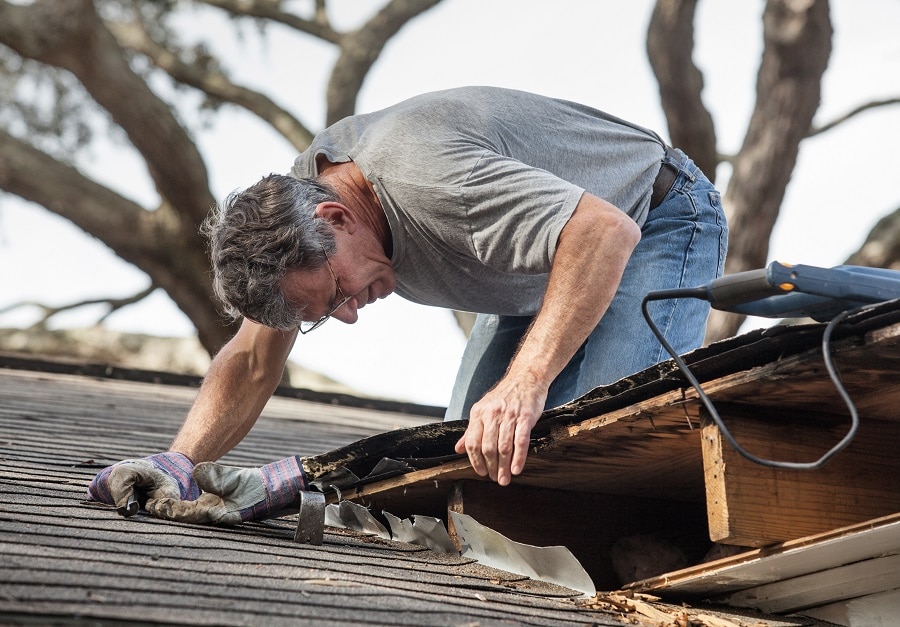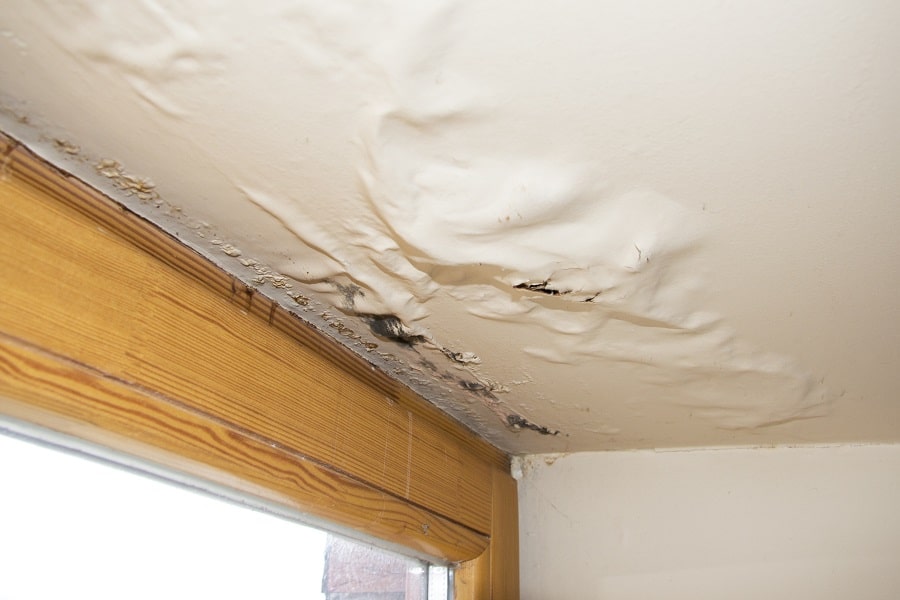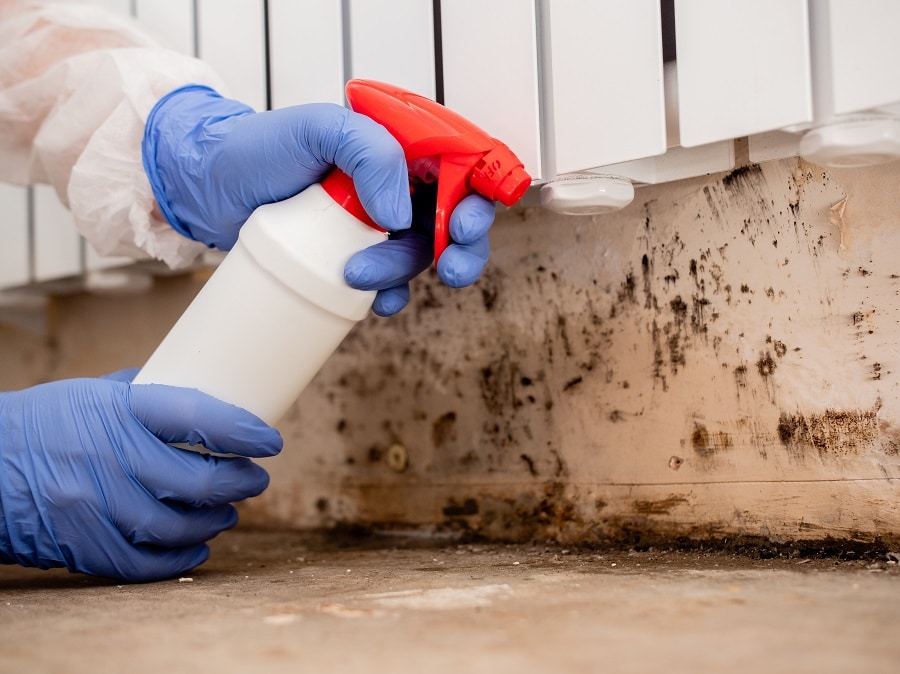When we consider any building, regardless of its age, any timber decay within the building is often caused by rot. Wood rot comes in two predominant forms: wet and dry rot, and they both occur as a result of fungal decay in building timbers.
What is Wet Rot?
Wet rot is a type of parasite which grows in wet timber. It warps the timber, making it swell and causing the fibres to separate, this can lead to loss of strength, and eventually, crumbling in the timber structure. Wet rot can trigger wood decay, making it lose its structural integrity and to eventually fall apart. Wet rot in structural wood is due to increased exposure to moisture. It could be from faulty plumbing or penetrating damp, on the ‘wet’ side of the house. Wet Rot is a fungus and will spread to neighbouring timbers, which in turn suffer damage.
Our Guarantee
- upto 30 year guarantee
- customer focused team
- 20 years combined experience
- portfolio of satified customers
- attention to detail
- Construction line accreditation
- public liability insurance
- CHAS accreditation
What is the Difference Between Dry Rot and Wet Rot?
Dry rot can cause quick and extensive damage to structural timber as it circulates the affected property. Wet rot, while occurring more often, causes less harm; the waterlogged areas on the timber suffer virtually all the damage. When fungi are absent, dry and wet rot can be differentiated by considering the difference in timber colour and the extent of damage noticed on the timber according to the progression of either type.
What causes Wet Rot?
Wet rot spores are only present in certain environmental conditions. Moist timber is the major cause of wet rot in timber. Moisture facilitates the growth of the Wet Rot fungus. As a result, signs of decay become visible on the timber.
The Dangers of Wet Rot in Uckfield
Wet rot is a devastating problem. It can destroy your home and ruin its value. If you have wet rot, it needs to be treated quickly, or it will continue to infect your house. A survey of 2,038 London property owners inquired whether they had experience with wet rot in their homes, where the problem was identified, and how effective they were at preventing future cases.
The shocking results revealed that more than 20% had experienced wet rot in their homes. Wet Rot attacks timber flooring and can potentially make the property structurally unsafe. In addition to provoking costly repair work, wet rot can drag down your property value, and insurance companies typically shy away from offering policies to houses experiencing moisture ingress or damp build-up.

What are the Warning Signs of Wet Rot?
The signs of wet rot or the conditions that allow the fungus to gain a foothold in the timber depend on the type of moisture it comes in contact with. Common signs include a malfunctioning central heating boiler, musty smell, peeling wallpaper, and cookers not working properly. Some of the common spots where wet rot is found include external walls, roof spaces/attics, and underneath the kitchen sink. Wet rot typically affects old buildings which were built using timber frames other than modern species like Meranti and Sapele. Timber from beneath the ground level up to one-floor level is also commonly affected by wet rot. Recognising wet and dry rot is the first step on the road to tackling it. If you have reason to believe that your home has been infested by wet rot, then you should conduct a damp survey at once.
Call Our Sussex Damp Experts team now for quote, consultation and advice:
Call on 01273 257 765.
How and When Should I Look for Wood Rot?
Searching your home for any signs of wood rot or damp should be done annually, just like spring cleaning. The period just before winter; during your weatherproofing activities, is a good time for it. You’ll need a screwdriver with a long handle and a decent flashlight.
If your home has wood siding, you should examine it for signs of discolouration or swelling. Paint can often disguise wood rot, so poke the siding with the screwdriver to make sure that the wood is solid. If you notice that the wood feels spongy and the surface gives in to pressure, then you have wood rot. Use a decent flashlight to inspect the attic for discoloured wood. Move on to the screwdriver test if you see wood that fits this description. Make sure you go over the roof decking base, the joints linking wood members at the top of the roof, and at the edges of the attic where slanting rafters transition into eaves. These are prime locations for wood rot to grow in the attic.
Using a flashlight to spot discolouration around the perimeter wood plate on the concrete wall, check wood members in the basement or crawl space (sill plate). Use the screwdriver test, wherever necessary, on any discoloured regions. Examine walls and floors for signs of water leaks or discolouration under sinks, around tubs and baths, and the water heater.
How do we identify wet rot?
Identifying wet rot is not an exact science, there many different forms of wet rot that can affect timber in different ways. Pushing a knife up to the handle into painted timber is an effective way to confirm rot. Our damp-proofing experts are trained to identify the following:
- Localised fungal growth on timber
- The soft, spongy feel of timber; the affected area appears darker than the surrounding timber.
- The soft and spongy texture of rotting timber; the affected region often looks darker than the other parts.
- That spongy, soft feel timber gets when affected by wet rot; the affected parts are darker than the other areas.
- The spongy, soft texture of rotten timber; the infested area is darker than the other parts.
- The springy feeling that is an indicator of wet rot; the affected area is often darker than others around it.
- Crumbling of affected dry timber into particles.
- Dry timber crumbling into particles.
- The crumbling of infested timber into dry particles.
- Dried-out timber disintegrating into particles.
- The disintegration of rot-eaten timber into particles.
- Shrinking timber
- Bleaching wood in window and door frames
- Flaky or damaged paint
- A musty, damp smell
What to Do After You Detect Wet Rot?
You need to engage the help of a damp expert when you notice wet rot. The source of moisture must be identified and blocked to avoid similar cases in the future. Call Sussex Damp Experts on 01273 257 765 today to get more information about wet rot treatments.
Wet Rot and Damp Proofing in Uckfield

If you need help with Wet Rot or Damp Proofing you are in the right place. Call us if you notice any signs of damp or wet rot in your home, we can fix the problem and help you avoid the health risks and potential damage to your building’s structural integrity as the decay spreads. Our professional surveyors will identify the root of the issue and recommend ways to eliminate it.
Timber damp proofing is quite different from cosmetic treatment; it is a strategic approach to maintenance that is geared towards protecting the timber from decay. Protection for timber is possible in two ways.
Surface treatments are not reliable; they always fail and end up intensifying the issue. The only solutions are either fully covering the surface using a membrane, replacing the timber, or treating it. Call 01273 257 765 today to speak to one of our experts concerning wet rot treatment in your building.
Wet Rot Treatment Specialists in Uckfield
With 20 years experience tackling wet rot in Uckfield, we are leading specialists offering free, no-commitment cost estimates and site surveys to a wide range of property owners. Our damp proofing team will pay you a visit and identify signs of moisture invasion and wet rot, we will then provide a lasting solution to fix the problem. Our team of experts can diagnose and treat all types of wet rot in properties using advanced methods.
Wet Rot Treatment in Uckfield
Wet rot commonly attacks areas that remain damp due to constant exposure to moisture. However, when we treat wet rot, we do not just fix the damage caused by it. The problem must be treated at its source. We eliminate the possibility of facing similar issues by identifying exactly how the moisture reaches the timber and blocking off all the access points. Wet rot treatment should be handled by professionals who understand the process and can provide lasting solutions. Delaying treatment can lead to a steeper cost of treatment. You are best served to contact damp proofing specialists such as Sussex Damp Experts immediately you notice signs of fungi development or hyphae strands.

We have the expertise to effectively treat wet rot. Sussex Damp Experts is always willing to help, we quickly assess the source of the moisture and which areas suffered damage. Don’t put it off any longer, call us today on 01273 257 765 or complete and submit the contact form to get started.
Our Wet Rot Treatment Process in Uckfield
The more you wait, the worse the damage gets. If you identify the presence of the fungal rot early, treatment can usually be confined to a small area of timber. In circumstances where the wet rot has been allowed to take deep root in the timber, you might have to consider replacing entire timbers or carrying out major repairs. Wet rot treatment involves several steps. The wet rot treatment should start by attacking the problem at the root; protecting the timber from contact with moisture. We identify the source of moisture ingress including condensation and broken guttering, and we apply corrective measures to cut them off. Inexperienced contractors and builders tend to focus on replacing the decayed wood. Such efforts are usually followed by spraying chemical preservatives on the area in question. This method will end in disaster. If you are worried about the presence of wet rot in your building, call Sussex Damp Experts today. We can help you identify the cause and treat the damage.
What happens to Wet Rot if left untreated?
Overlooking wet rot can only lead to weakened structural timber which could have dire consequences for the residents. When rot settles in, the timber gets soft and will cave in when poked with a sharp object such as a knife or a screwdriver. The final result is that the timber becomes less structurally sound, and the worst-case scenario could see your building condemned if it continues to spread. Call Sussex Damp Experts 01273 257 765 and discuss your project with one of our wet rot treatment experts today.
What is the cost of Wet Rot Treatment in Uckfield?
Rot can be devastating for any property. The cost of repair work and damp proofing will vary based on the type and severity of the infestation, but that shouldn’t deter you. Our wet rot treatment services in Uckfield come at an affordable cost. We advise you on the right decisions for the wellbeing of your family and your home.
How to prevent wet rot?
At all times, wood should be kept dry to avoid cases of rot. You can also apply wood hardeners to protect the timber from the effects of rot. The wood becomes more resistant to moisture when coated with the hardener. The areas in a building that are most susceptible to damp include window sills and boxes, timbers touching stonework without being subjected to damp proofing treatment such as sealant and fungicide applications.
Talk to Our Wet Rot Treatment Experts Today!
If you need further information on wet rot treatment from one of our experts, call 01273 257 765 today.
FAQ
Is wet rot smelly?
Is Wet Rot Capable of Spreading?
Can Wet Rot Cause Health Problems?
Is there a DIY treatment solution?




